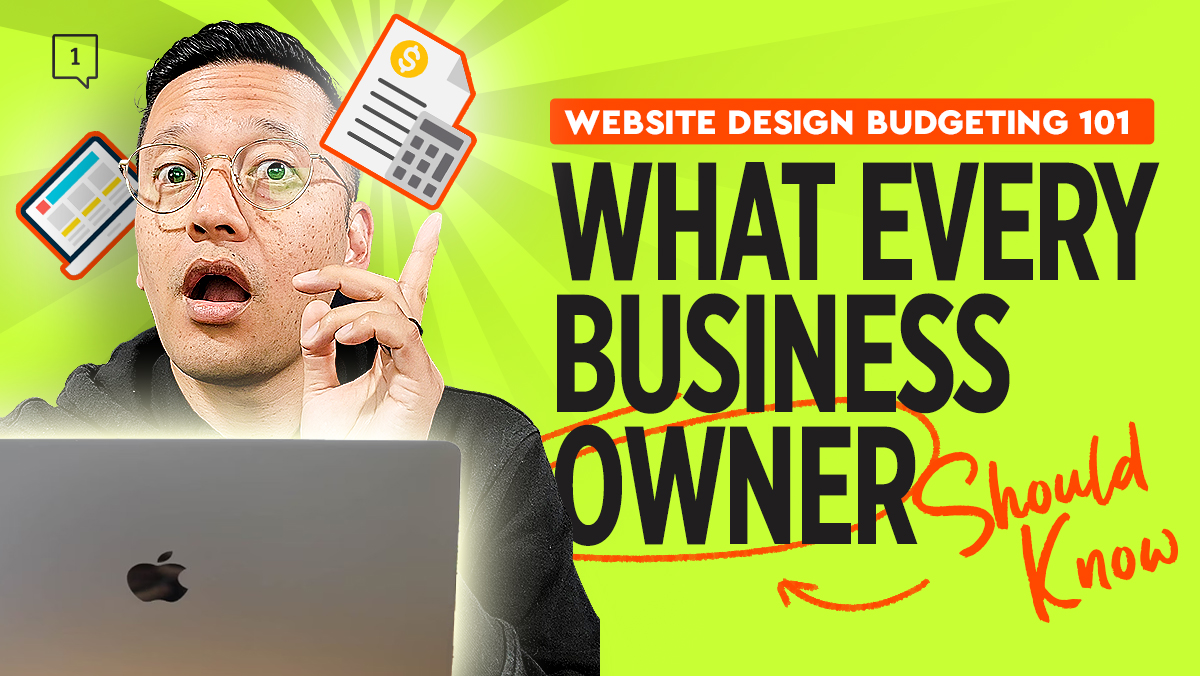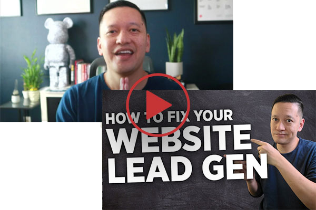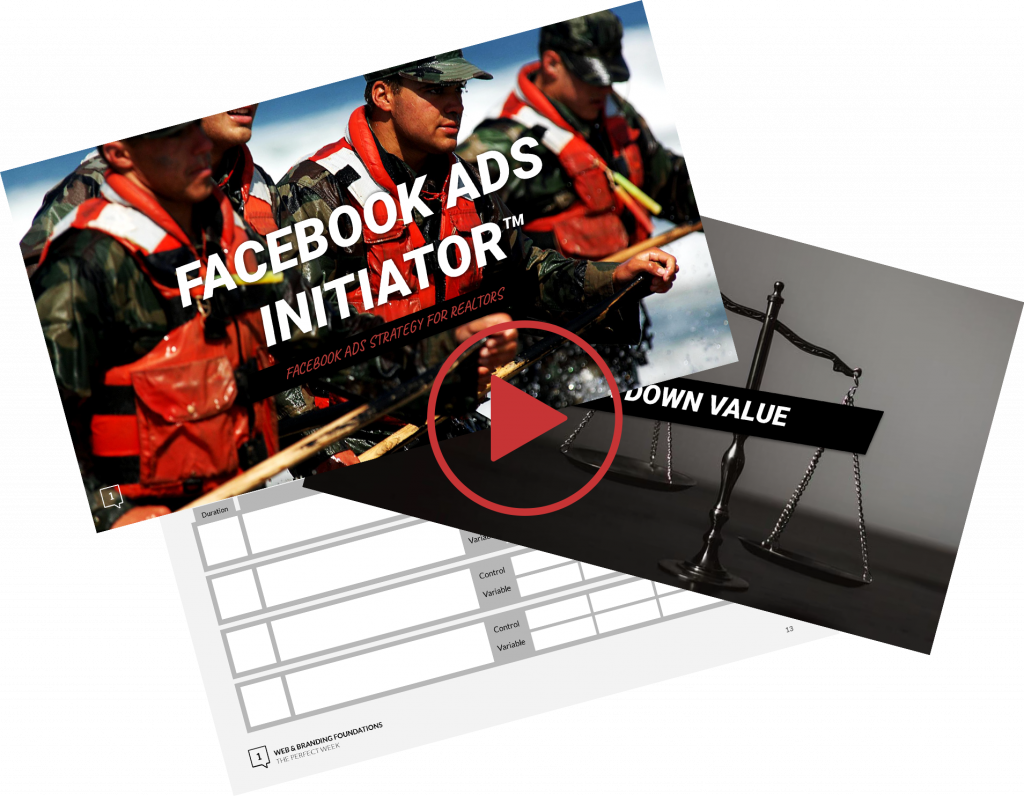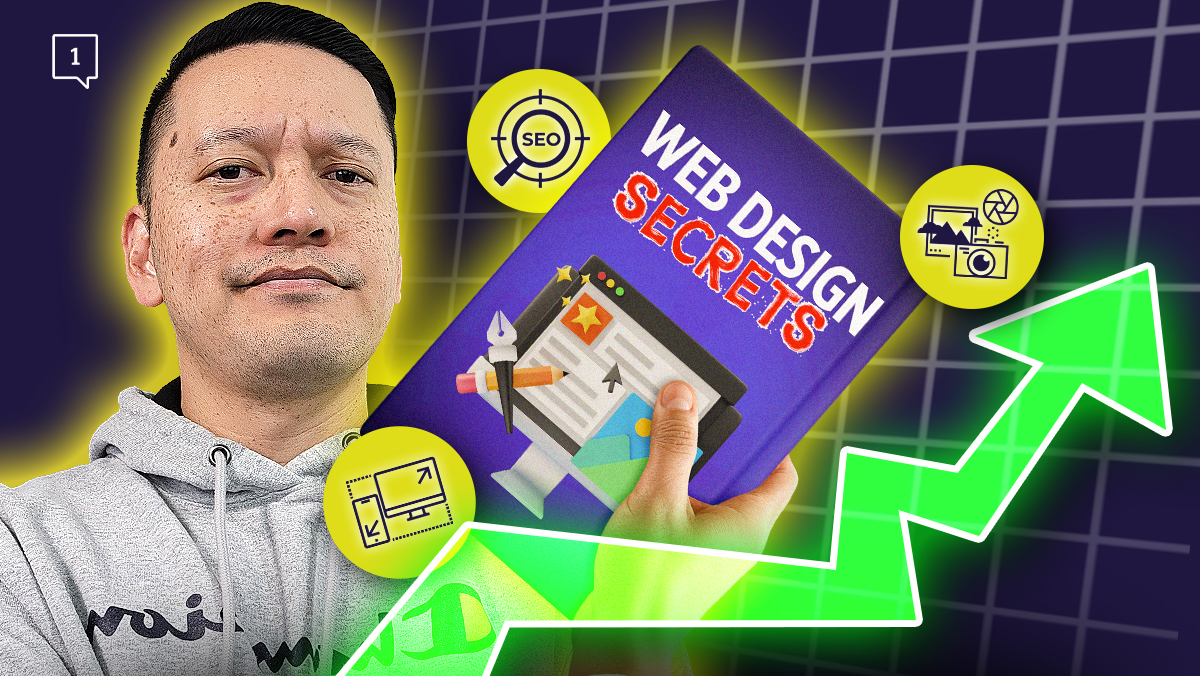
Table of Contents
Master the essentials of website design budgeting with these key insights:
- Defining website design and its role in brand representation
- A summary of the most important parts: layout, navigation, visuals, and usefulness
- Why user experience (UX) is important in website design
With today’s technology, a good website is essential for any business to be successful. Website design is complicated, so business owners must understand prices. This extensive tutorial teaches business owners about the various costs of website design and how crucial budgeting is for online success. This book covers the foundations, price models, and key considerations to help company executives make wise decisions and ensure their investment matches their brand’s goals.
The Basics of Website Design
A. Defining website design and its role in brand representation
Website design is the process of making a website look good and work well. It includes both aesthetic and useful aspects. A website is like a storefront for businesses. It’s the first place where customers and brands can connect with each other online. In the end, website design is an important part of a business’s identity because it affects how visitors and possible customers see the business.
Colors, fonts, images, and general styling are all visual parts of website design. They all work together to show the personality of the brand and create an unforgettable online presence. The layout of a website is very important for guiding people through the information and making navigation smooth and easy.
B. A summary of the most important parts: layout, navigation, visuals, and usefulness
The style of a website tells you how the pages are put together and how they are arranged. A well-structured style makes it easier to read and engages users. When putting together a structure that looks good and flows well, it’s important to think about where to put heads, footers, menus, and other design elements.
Navigation: It’s important that the navigation is easy for people to use for a good experience. A smooth navigation experience is made possible by clear call-to-action buttons, intuitive menu layouts, and quick access to information. Not only does good layout make users happier, it also affects how long they stay on the site.
Some of the things that make up a website’s visual features are its graphics, images, logos, and icons. These visual features help build a strong brand identity by making branding consistent. The website looks good because of careful thought put into the pictures chosen, the use of white space, and the way it looks in general.
usefulness: A website’s usefulness is just as important as how it looks. It includes adding forms, engaging elements, and other features that make users more interested. This includes things like a contact form, an e-commerce checkout process, and the ability to add video. A website’s features should be in line with what the business wants and needs.
C. Why user experience (UX) is important in website design
A big part of website design is user experience (UX), which looks at how people use and understand a website. A good UX makes sure that visitors can quickly find the information they need, easily move around the site, and have a good time generally. This focus on user-centered design not only makes customers happier, but it also helps keep customers and get them to buy again.

YOUR WEBSITE ISN'T GENERATING ANY LEADS BUT WE HAVE A SOLUTION
In this free 20 minute video training you'll discover:
- 3 key secrets to restructuring your real estate business for growth
- Understanding the strategy of specialization
- A new approach to positioning yourself in real estate
- How to address your messaging to properly acquire prospects
Whenever you are ready, click the RED button below that says "Grab my training now"
Why Budgeting Matters
A. Illustrating the connection between effective budgeting and successful website design
A good budget is an important part of designing a website because it affects the size, quality, and usefulness of a business’s online presence. Businesses can make sure their website not only meets their goals but also gives them a good return on investment by carefully allocating their resources.
Matching Goals with Resources:
A well-planned budget makes sure that the website’s goals are in line with the resources that are available. If a business wants to make an educational website or an e-commerce platform with lots of features, budgeting helps them make sure they don’t waste money on things that aren’t necessary and that the most important parts get the most attention.
Cost vs. Quality:
Making a budget forces companies to make tough choices about the quality of their website design. Even though price is important, it is very important to find a balance between how much something costs and how good it should be. Getting a professional design that fits with the brand’s image and what users expect usually pays off in the long run.
B. How price affects the quality and usefulness of the design
Design Quality:
The budget has a direct effect on how nice and complex a website looks. Businesses with bigger budgets can buy custom designs, unique graphics, and other features that make the general look better. Instead, small funds might force people to use pre-made solutions, which could make the brand less unique.
Functionality:
The funds for developing a website has a lot to do with how well it works. Adding more complicated features, like e-commerce, advanced interactions, or personalized user experiences, usually costs more to build. Making a well-thought-out budget helps make sure that the feature chosen fits with the company’s goals and what users want.
C. Real-life examples of how strategic budgeting has helped companies
Improved Resource Allocation: When a business plans its budget to focus on important design elements, it often sees an increase in user involvement and conversion rates. Successful companies’ case studies show how a well-thought-out budget helped them invest in key design elements that worked with their target audience and, in the end, helped them become successful online.
Adjusting to Changes in the Market: Businesses can adjust to new technologies and changing market trends with dynamic planning. Businesses that spend money on regular changes and improvements stay ahead of the competition and make sure their websites stay useful, up-to-date, and in line with what their customers want.

YOU’RE RUNNING OUT OF WAYS TO GENERATE LEADS BUT WE HAVE A SIMPLE SOLUTION
In this free workbook, you’ll discover:
- Where to start creating your first Facebook ads
- How to run Facebook ads without any additional special tech
- How to create a super simple plan to maintain your Facebook ads
Whenever you are ready, click the RED button below that says “Grab my workbook now”
Factors Influencing Website Design Costs
A. Complexity of design: Simple vs. intricate websites
The costs of making a website are largely determined by how hard it is to create. Most of the time, it costs less to create websites that have simple layouts, minimalistic looks, and basic functions. Smaller businesses or those with clear content-focused goals might find these useful.
More complex websites, on the other hand, need more design knowledge and time because they have unique graphics, advanced interactive features, and complicated navigation structures. Because of this, companies that want a unique and high-tech online image should expect to pay more for designing their websites.
B. Needs for functionality: simple educational sites vs. e-commerce platforms
The functions a website needs directly affect how much it costs to create. Websites that only give users basic information about a business’s goods or services usually have lower design and development costs. These websites usually have basic layouts and not many ways to connect with them.
When it comes to design, e-commerce sites need a more thorough approach because of the complicated nature of their product catalogs, shopping carts, and safe payment gateways. More knowledge is needed to combine these traits, which raises the cost of design. Companies that want to open online stores or sites with advanced features should think about these extra costs.
C. Levels of customization: designs based on templates vs. custom-made, one-of-a-kind solutions
How customizable a website needs to be has a big effect on how much it costs to design. Costs are usually lower with template-based designs, which use pre-made models with only minor changes. This method works for businesses on a tight budget or those who want an online presence quickly and cheaply.
Businesses that want their name to stand out, on the other hand, often choose tailored, custom designs. This means making a website from scratch that fits the look and function needs of the brand. Because it takes more time and skill, this level of customization usually leads to higher design costs, but it does give a more personalized and branded experience.
LEARN HOW WE’VE GENERATED OVER 100,000 LEADS FOR OUR REAL ESTATE CLIENTS LAST YEAR
Marketing Strategy – create inbound strategies to better position you for the long game.
Systems Implementation – we design and implement systems for you to buy back your time.
Brand Building – position you as the thought leader and authority in your community.
Understanding Pricing Models
A. Hourly rates vs. project-based pricing
Businesses come across different pricing plans for website design, and each one has its own effects. When designers and developers are paid by the hour, they are paid based on how much time they spend on the job. This model works well for projects whose needs change over time or whose goals aren’t clear. To successfully manage costs, however, open communication and ongoing teamwork are needed.
With project-based pricing, you know exactly how much the whole job will cost right from the start. For well-defined projects with clear goals and few changes expected, this model works well. Businesses like project-based pricing because it makes spending and planning ahead easier and more predictable. This way, costs stay in line with what was expected at the start.
B. Extra costs: name registration, hosting, and regular upkeep
Businesses need to think about the costs of keeping a website after the design phase is over. Hosting is the service that keeps a website online and available. It costs money every month. Domain registration costs money on a regular basis to secure a unique web address. The overall cost of owning a website also includes ongoing upkeep like security checks, updates, and possible troubleshooting.
For complete planning, it’s important to know about these extra costs. Businesses can plan and assign resources effectively throughout the lifecycle of a website by keeping in touch with designers and hosting providers and being clear about these ongoing costs.
C. Why it’s important for price information to be clear
For businesses and website designers to work together well, they need to be able to talk openly about pricing plans and the costs that come with them. Making sure everyone knows what is expected from the start helps avoid confusion and makes sure that the budget fits with the goals. Transparency like this encourages people to work together, so businesses can make smart choices about their website design budgets while still being responsible with their money.

YOUR WEBSITE ISN'T GENERATING ANY LEADS BUT WE HAVE A SOLUTION
In this free 20 minute video training you'll discover:
- 3 key secrets to restructuring your real estate business for growth
- Understanding the strategy of specialization
- A new approach to positioning yourself in real estate
- How to address your messaging to properly acquire prospects
Whenever you are ready, click the RED button below that says "Grab my training now"
Setting Realistic Expectations
A. Managing expectations regarding budget constraints
Dealing with website design and budget issues requires people to have realistic standards. It’s important for businesses to be aware of the limits that budget can put on their efforts to create a website that looks great and works well. By clearly outlining the project’s scope, including the level of design complexity and wanted functions, businesses can set goals that they can reach within their budgets.
Sharing freely with web designers about limited funds encourages a team-based approach to coming up with creative solutions. For designers, making a website that meets both aesthetic and useful needs without going over budget means coming up with alternatives, putting features in order of importance, and suggesting cost-effective ways to do things.
B. Figuring out how to balance long-term rewards with economic concerns
Website design is all about finding the right balance between short-term budget concerns and long-term rewards. Choosing based on cost may be necessary, but it’s also important to think about how these choices will affect the website’s performance and ability to grow in the future. As long as the budget is tight, putting money into a solid base will make sure that the website can adapt to future growth and technology advances.
Figuring out what the pros and cons of different design options are when making a strategic decision includes weighing the potential short-term savings versus the longer-term benefits. The initial investment in a well-designed and flexible website often pays off over time for businesses that put scalability and flexibility first, as it reduces the need for frequent and expensive redesigns.
Talking about common misunderstandings about how much website design costs
If you have a common misconception about how much website design costs, it can affect your choices and your expectations. Illusions must be busted, like the idea that higher prices always mean better quality or that do-it-yourself solutions are always the cheapest. Teaching businesses about the different things that affect design costs makes planning smarter.

YOU’RE RUNNING OUT OF WAYS TO GENERATE LEADS BUT WE HAVE A SIMPLE SOLUTION
In this free workbook, you’ll discover:
- Where to start creating your first Facebook ads
- How to run Facebook ads without any additional special tech
- How to create a super simple plan to maintain your Facebook ads
Whenever you are ready, click the RED button below that says “Grab my workbook now”
DIY vs. Pro Design
A. DIY website builders’ appeal
DIY website builders are accessible and affordable, tempting enterprises to construct their internet presence autonomously. These systems let non-technical people build simple websites using pre-designed templates and simplified tools. DIY solutions may seem cost-effective, but organizations must weigh personalization, functionality, and long-term scalability.
B. Assessing professional web design services’ strengths and cons
Web design services from qualified designers and developers offer more customization and knowledge than DIY platforms. While upfront expenditures may be higher, long-term advantages frequently surpass them. Professional designers understand user experience, branding, and industry trends, creating a website that looks great and performs well.
It’s important to consider the negatives, such as longer project deadlines and higher expenses. Open communication with design specialists, precise project schedules, and cost-effective techniques without compromising quality help alleviate these concerns.
LEARN HOW WE’VE GENERATED OVER 100,000 LEADS FOR OUR REAL ESTATE CLIENTS LAST YEAR
Marketing Strategy – create inbound strategies to better position you for the long game.
Systems Implementation – we design and implement systems for you to buy back your time.
Brand Building – position you as the thought leader and authority in your community.
Tips for Budget-Friendly Web Design
A. Prioritizing features based on business goals
Businesses can improve website design within budget by ranking features by aim. Focusing on the website’s goals ensures that vital features are prioritized within the budget. Companies may build a website that meets their goals without breaking the bank by connecting design with business goals.
B. Using affordable design tools
Many affordable design tools and services allow businesses to develop engaging websites without breaking the budget. Use open-source platforms, free design software, and royalty-free stock assets to cut design costs. Subscription-based services and design marketplaces offer expert tools at low prices.
These solutions boost cost efficiency and help companies budget more wisely. By using these resources, companies may create a visually beautiful and useful website that matches their brand while staying under budget.
C. Web design agency negotiations
Effective bargaining methods with web design services can benefit budget-conscious organizations. Budget limits should be discussed upfront to facilitate collaboration. Flexible payment options, phased project deliverables, and bundled services can help firms get quality design services while saving money.
A clear and constructive negotiation approach includes clarifying pricing structures, analyzing cost reduction opportunities, and addressing design element alternatives. Positive working relationships built on mutual understanding and shared goals allow firms to benefit from professional design services without sacrificing their bottom line.
A well-designed website is integral to a business’s success in the digital era, influencing brand perception and user interaction. Business owners should approach website design budgeting strategically, prioritizing features aligned with their goals and leveraging cost-effective tools. Encouraging proactive decision-making ensures a compelling online presence despite budget constraints, fostering credibility and customer trust. The long-term impact of such strategic budgeting extends beyond immediate needs, allowing businesses to adapt to evolving digital trends. As they navigate the intersection of creativity and financial prudence, businesses lay the foundation for sustained growth and a lasting impact in the competitive online landscape.

YOUR WEBSITE ISN'T GENERATING ANY LEADS BUT WE HAVE A SOLUTION
In this free 20 minute video training you'll discover:
- 3 key secrets to restructuring your real estate business for growth
- Understanding the strategy of specialization
- A new approach to positioning yourself in real estate
- How to address your messaging to properly acquire prospects

